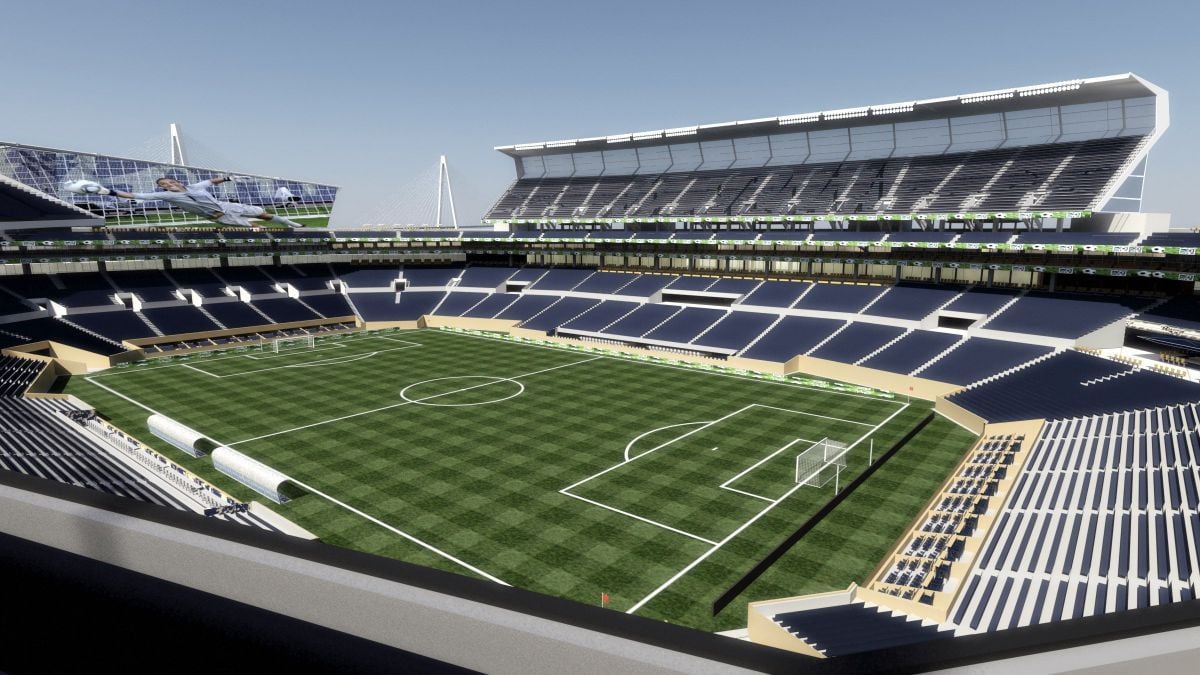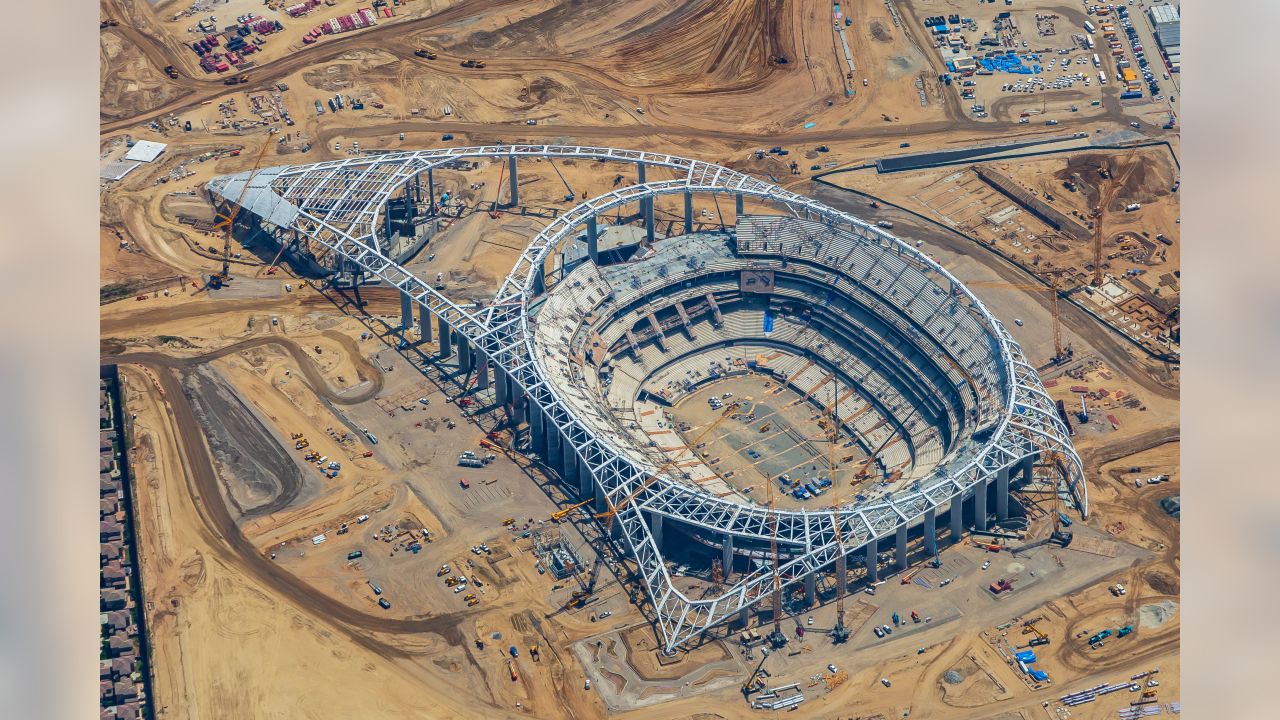

The executives were shocked at the lack of progress – Los Angeles would not allow tax dollars to be used for a new stadium, the competing groups were locked in a standoff as neither would concede its bid to the other nor would the groups agree to combine their efforts in attempts to put together a deal, and neither group was prepared to build a state-of-the-art facility, which rival expansion team bidder Houston had promised in all its bids since 1997.Ī return visit in late May yielded little change – Ovitz and Roski were still locked in a standoff Roski's bid remained unchanged since the onset, while Ovitz unveiled plans to turn the area around the Coliseum into a 60-acre (240,000 m 2) complex of parks, parking garages, shopping areas and a brand-new stadium. However, the award was contingent on the city's putting together an acceptable ownership team and stadium deal by September 15 if the parties could not reach an agreement or be close to doing so, the committee would then turn its recommendation to Houston who had also put in an expansion team bid to replace the departed Houston Oilers.Ī month later, NFL executives flew to Los Angeles. On March 16, 1999, the NFL owners, by a 29–2 vote, approved a resolution to award Los Angeles the expansion 32nd franchise. Meanwhile, Ovitz now had competition coming from his own market, as real estate developer Ed Roski announced a rival bid for a future Los Angeles team his proposal centered around putting a 68,000-seat stadium inside the shell of the historic Los Angeles Memorial Coliseum. In late October 1998, NFL commissioner Paul Tagliabue announced that the NFL owners would indeed expand the league to 32 teams, and would decide by April 1999 which city would be awarded the NFL expansion franchise. In early May 1998, entertainment guru Michael Ovitz announced he would lead a largely privately financed $750 million project to build a stadium and shopping center called "The Hacienda" in Carson, California in hopes of landing the expansion team. The Seahawks moved into the new stadium for the 2002 season. However, the move was never completed, and the Seahawks eventually were sold to Paul Allen, who was instrumental in getting a new deal done with Seattle to build what is now Lumen Field. In 1996, Ken Behring, the then-owner of the Seattle Seahawks, expressed unhappiness with his team's facility, the Kingdome, and moved the team's offices to Anaheim, California, where the Rams had played from 1979 until they moved to St.

4 Los Angeles Stadium in the City of Industry (2008).


 0 kommentar(er)
0 kommentar(er)
